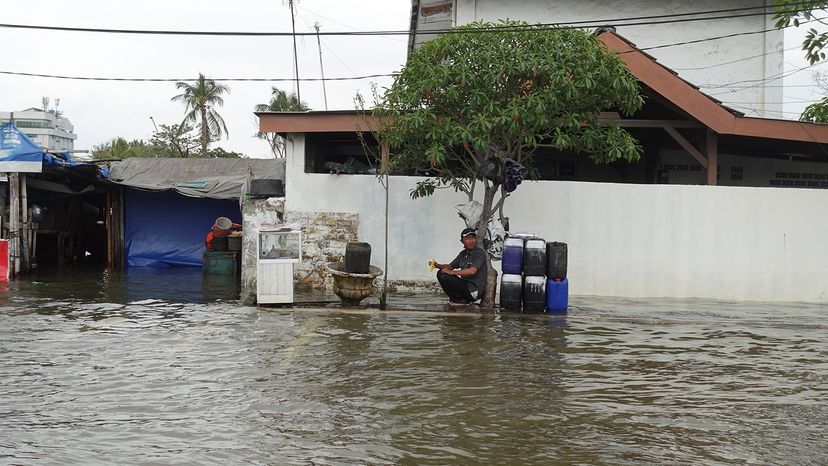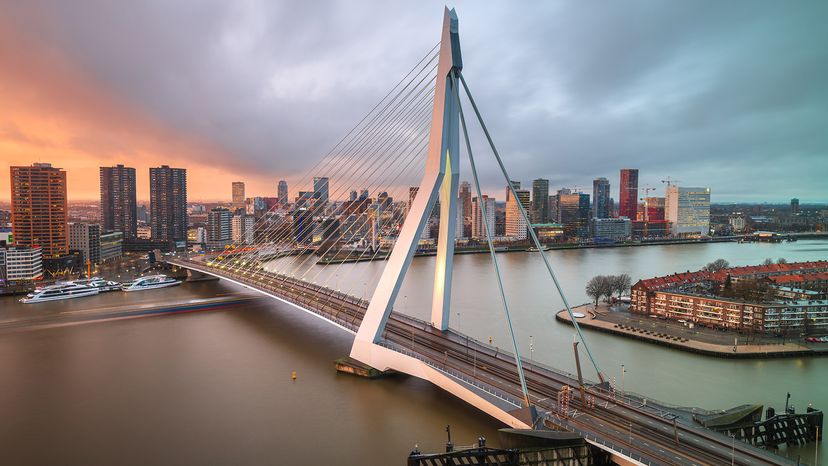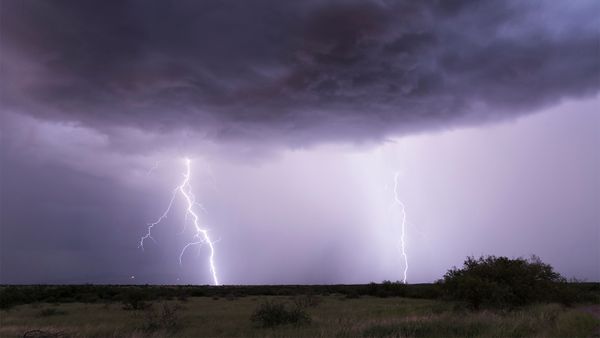
Key Takeaways
- Coastal cities worldwide are sinking due to subsidence, exacerbated by groundwater extraction, natural gas or mineral pumping and other geological processes.
- Cities like Jakarta, New York City, Houston, Rotterdam, Virginia Beach, Bangkok and Venice are facing various rates of sinking due to a combination of human and natural factors, including the heavy weight of urban infrastructure, groundwater extraction and the natural settling of the Earth's crust post-ice age.
- Solutions to mitigate sinking are complex and vary by location, including reducing groundwater extraction, improving urban planning and, in Jakarta's case, moving the capital city to prevent uninhabitability by 2030.
Many big cities sit near the ocean. They became cities in the first place because their ports facilitated trade and travel by sea.
Coastal cities all over the world are sinking — a geological process called subsidence — and it's happening at a rate that makes scientists nervous. If these bits of land didn't have important cities on them, it's likely nobody would notice, or, in some cases, that they wouldn't be sinking at all.
Advertisement
Subsidence happens for a variety of reasons. Often it's from extracting water, oil, natural gas or minerals from the ground through activities like pumping, fracking or mining. Earthquakes can cause subsidence, as well as erosion, the formation of sinkholes, soil compaction and other geologic processes.
All this is happening while climate change is causing ice in the polar regions of the world to melt, resulting in an increased volume of seawater in the world's oceans. Coastal cities are not only in danger of submerging, but also of natural disasters like hurricanes.
Here are seven cities that are sinking, and why.
Advertisement



